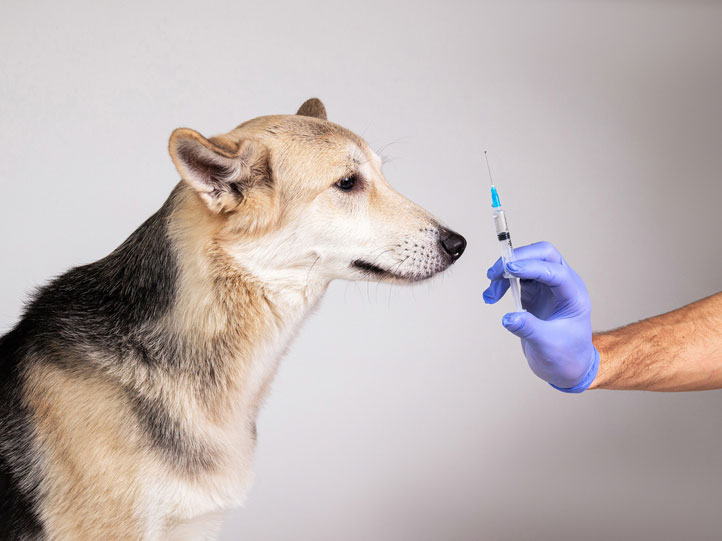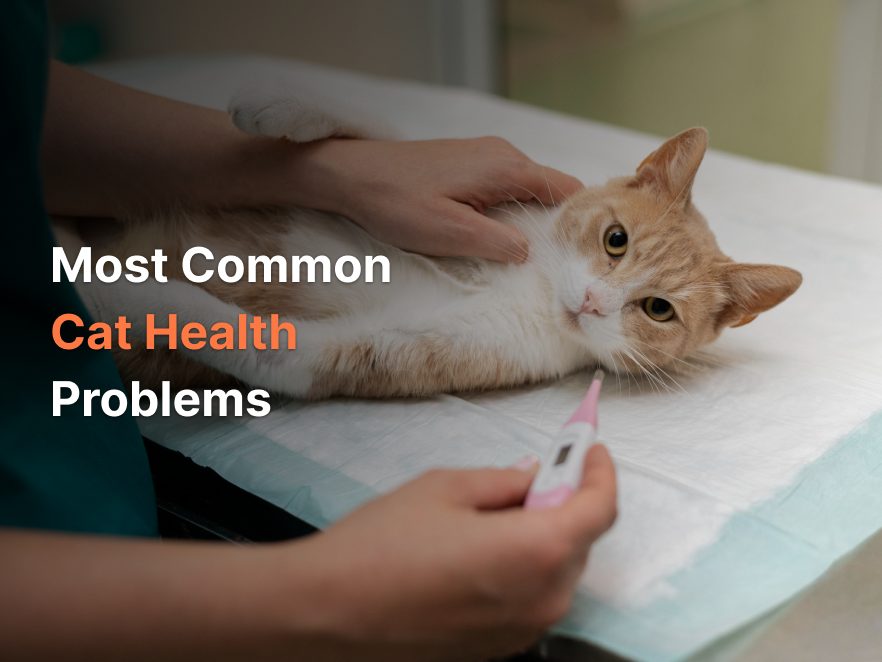- Health
- July 1, 2022

Like humans, diabetes in pets is also a prevalent disease with an upward trend. As per observations, 1 in every 230 cats and 1 in every 300 dogs tend to have diabetes in their life journey. These numbers keep on rising as per the State of Pet Health Report. Usually, diabetes is 80% common in dogs whereas 18% in cats, since the last decade.
Diabetes is much more frequent in senior pets. However, it can also take place in pregnant or younger pets. It is easy to overcome this disease with proper counselling from the veterinarian, treatment, exercise, monitoring and diet plans.
WHAT IS PET DIABETES?
Diabetes mellitus happens when your pet stops creating sufficient insulin. Glucose is essential for fueling the body cells with energy. Insulin, a hormone secreted by the pancreas, helps maintain the glucose level in the blood. If the pet’s body does not allow insulin to function correctly in the body, it may cause diabetes.
Like humans, pets also suffer from type 1 and type 2 diabetes. Diabetes can occur at any age in pets, but middle-aged pets are highly prone to it most commonly.
CAUSES OF PET DIABETES
Some of the common causes of pet diabetes are as follow:
- – Obesity is the root cause.
- – Deficiency of insulin.
- – Medical conditions like Cushing’s disease.
- – Autoimmunity
- – Middle and senior age risk factors.
- – High-fat meals
- – Neutered male cats and female dogs are at high risk.
SYMPTOMS OF DIABETES IN PETS
Before treating the disease, it is crucial to identify the signs of diabetes in pets. Some of the common symptoms are listed below:
- – Continuous weight loss, even though the pet has a good appetite.
- – Blurry vision or cloudy eyes (mainly in the case of dogs).
- – Increased water consumption and excessive urination.
- – Body fat breakdown and creation of ketoacidosis.
- – Loss of appetite.
- – Recurring or chronic infections (including urinary and skin allergies)
- – Pungent breathing with an acidic smell.
The pet may also suffer from low blood sugar or hypoglycaemia. The excessive dosage of insulin may cause it. You can detect it from the following traits in pets:
- – Wobbliness, dullness and restlessness.
- – Weakness and seizure.
- – Coma and sleepiness.
- – Loss of vision and cataract formation.
- – Nerve damage and high-end weakness.
DIAGNOSIS AND MANAGEMENT OF PET DIABETES
After suspecting the signs, get confirmation from a veterinarian by conducting a diagnosis. For this, you need to check the consistency of glycosuria and hyperglycemia. The veterinarian professional may ask for further testing such as blood tests to prevent medical issues common in older pets.
On confirmation of diagnosis, the vet will prescribe the type of insulin for the initial dosage. Insulin is continuously injected under the skin and never given orally. Some other measures for pet care are here:
-
>>Begin Insulin Therapy:
Give insulin therapy to the pet as per the veterinarian’s guidance. Eventually, you may notice the reduction in water consumption and urination by the pet. Also, keep track of the pet’s attitude and appetite to get respective treatment from the vet doctor. All these factors will help in taking the right decision for the pet.
-
>>Social Contact:
Pets and, more commonly, dogs do not like social isolation. Getting isolated socially poses a greater health risk for dogs. Pets are social magnets and people can connect with them easily. Pets need social support, but they also give back unconditional love to their owners in abundance.
-
>>Regular Exercise:
Diabetic pets must be involved in routine exercises. Apart from keeping them healthy and happy, it also controls their blood glucose levels. If the pet spends more energy than usual, it may burn excess glucose. It will result in an ultimate low blood glucose level. The vet can help you prepare proper workout plans for your pets with increased timings.
-
>>Controlling Diet:
Planning a Diet for pets is vital to keep diabetes regulated. You can choose food with a good amount of protein and carbohydrates. Keep the meal volume and content the same every day to prevent fluctuations in insulin requirements. Switch to a nutritious and low-calorie diet to curtail pet obesity.
-
>>Supervising Glucose Levels:
Keeping a regular check on the pet’s glucose levels can help you control its diabetes. You can track it with Urine tests as well as Blood tests. A urine test can depict the presence of fat-burning chemicals such as ketones and glucose. On the other hand, a Blood test reveals the accurate glucose measurements in the pet’s blood.
CONCLUSION
To sum up, pet owners must never ignore the body signs of their pets to combat pet diabetes. It will help if you visit the veterinarian professionals for your pet’s regular checkups. Gradually, you will see positive improvements in your pet.









